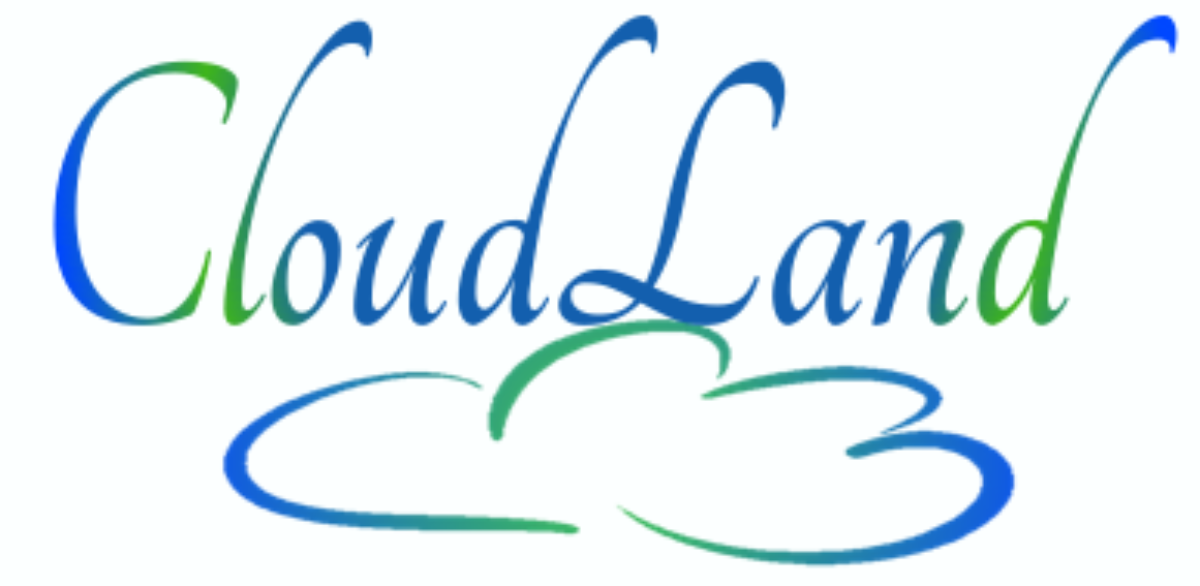

Exciting news! My second part of the BDRsuite 5.1 blog post was only days away from being published when I received notification from the team at Vembu that yet another version of the BDR suite had been released! Not to miss out on all the new features, this blog post will now focus on the version 5.2 release of the BDR Suite.
It builds on the core capabilities offered in v.5.1 but had a whole host of new features and enhancements aimed at customers utilising Microsoft O365 and associated cloud apps specifically including:
- Improved application creation steps to add Microsoft 365 accounts to BDRSuite
- On-demand backup scheduling for Microsoft 365 backups
- Enhanced backup progress window for Microsoft 365 backups
- Enhanced backup report for Microsoft 365 backups
- Subfolder tree view for Microsoft 365 Mailbox
- Subfolder tree view for OneDrive
- Subfolder tree view for Group OneDrive
- User-level backup report for Microsoft-365
- PST Download of Microsoft 365 now supports all Microsoft Outlook versions
- On-demand backup scheduling for Google Workspace backup
This is really great to see BDRSuite recognise the importance of having better insights into Office 365, as we continue to see more and more customers adopt the platform. When this is combined with the already existent capabilities of monitoring and managing the on-premises backup environments – this truly hits the hybrid cloud backup solution story even further.
What are the new features in version 5.2?
Among the stand out features in my opinion released in this version is Restore to Azure, allowing customers who have experienced significant disruption, or corruption to spin up the recovery VM or workload in Azure directly, this is massive as it ultimately saves a mountain of time. Before, you would typically need to restore the VM, test it, and then migrate it to Azure. Depending on the size of the VM, or workload – this could take a significant amount of time for the copy process alone and it is not always guaranteed to work the same once it reaches its final destination. A much needed and handy feature, allowing a faster RTO for the business.


Secondly, and arguably the biggest feature allows MSPs who manage multiple customer backup and recovery services to now have a multi-tenant view based on a server/client architecture (driven initially by agents) allowing the MSP to group and manage their customers separately (or into multiple tenants). This provides much better manageability, identification and visibility across the backup environments for their many clients.


Click here to read the official release notes on this awesome release!


